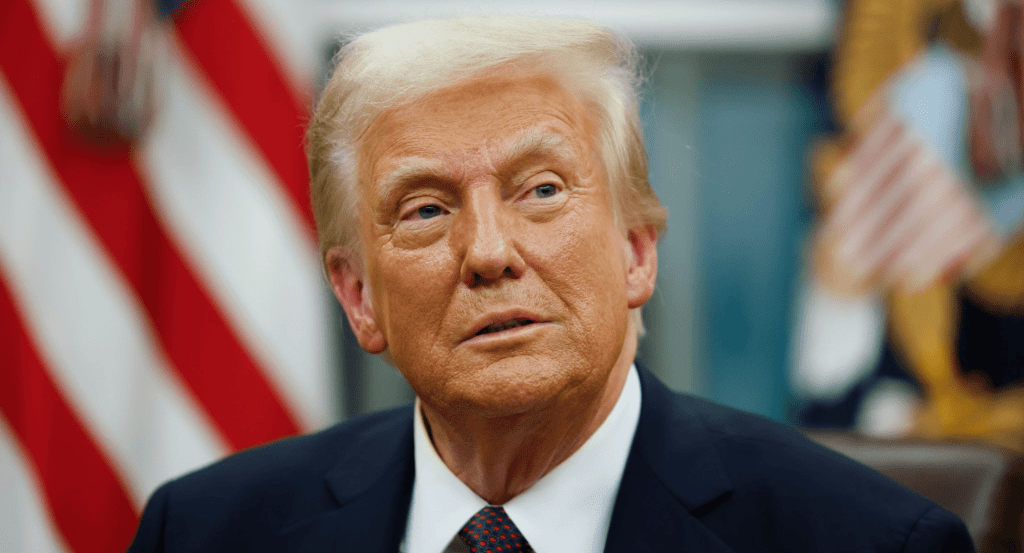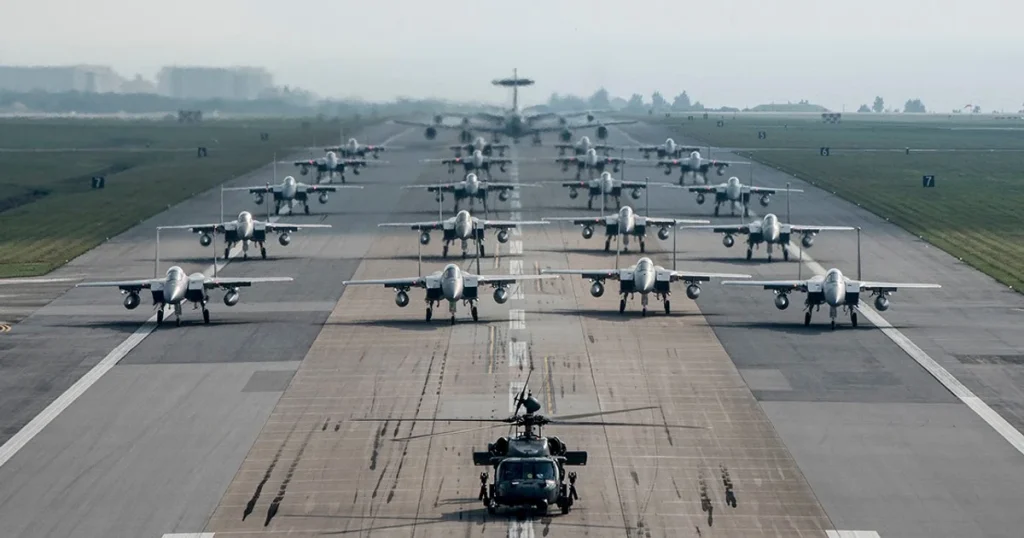President Donald Trump’s new 10% baseline tariffs on nearly all U.S. trading partners officially went into effect on Saturday, signaling a major turning point in America’s economic and foreign trade policy. This move, aimed at reshaping global trade relations and encouraging domestic investment, is already sending shockwaves through international markets and triggering responses from governments around the world.
The tariffs are part of a larger framework introduced by Trump to reduce reliance on imports, penalize countries he believes engage in unfair trade practices, and incentivize companies to invest more in American manufacturing. With additional, much steeper tariffs—ranging from 11% to 50%—scheduled to roll out on April 9, the global trading landscape is entering a new and uncertain era.
A Bold, Controversial Trade Strategy
The 10% tariffs apply broadly to most countries, making them one of the most expansive trade measures implemented by the U.S. in modern history. Trump’s administration has framed the move as necessary to protect American jobs, reduce trade deficits, and push for what the former president calls “reciprocal trade”—meaning the U.S. will treat other countries the way they treat American exports.
Starting April 9, more targeted tariffs will replace the 10% baseline for certain countries. Imports from the European Union will be subject to a 20% tariff, while Chinese goods will face an additional 34% duty—bringing total tariffs on many Chinese exports to a staggering 54%. Other countries will face various new tariffs depending on existing trade imbalances and national security considerations.
According to the U.S. Customs and Border Protection (CBP), the new tariffs apply to all goods arriving in the U.S. from Saturday onward. However, a grace period of 51 days has been granted for shipments that were loaded onto vessels or planes before the deadline. Those goods must arrive in the U.S. by May 27 to qualify for exemption from the new tariffs.
Markets Rattle as Investors React
Financial markets have responded sharply to the announcement and implementation of the tariffs. The S&P 500 index plummeted over the course of two trading sessions, marking its worst two-day decline since the early days of the COVID-19 pandemic in March 2020. In total, the market lost an estimated $5.4 trillion in value during that short period.
Investors are growing increasingly anxious about the potential fallout of a full-scale trade war—especially one that includes two of the world’s largest economies, the U.S. and China. The steep tariffs raise questions about supply chain stability, corporate earnings, inflation, and overall global growth.
Trade-dependent industries, including automotive, electronics, and agriculture, are especially vulnerable. Many U.S.-based manufacturers rely on imported parts and raw materials, and the new tariffs will likely increase production costs, which may be passed on to consumers in the form of higher prices.
Global Repercussions and Diplomatic Uncertainty
Governments around the world are watching closely and weighing potential countermeasures. The European Union has already signaled that it may impose retaliatory tariffs if negotiations fail. China, facing the harshest penalties under Trump’s new tariff structure, has not yet detailed its response but is expected to implement reciprocal measures of its own.
Trump’s administration has sent mixed signals regarding its willingness to negotiate. While the former president has suggested he might reduce or eliminate tariffs in exchange for “phenomenal” trade concessions, he has not clarified what such offers would look like. This inconsistency is adding to the confusion among foreign leaders and multinational companies trying to navigate the evolving policy.
Expert Views on the Tariff Strategy
Trade experts are describing the new tariffs as unprecedented in scale and potential impact. Kelly Ann Shaw, a trade lawyer at Hogan Lovells and former White House trade adviser, characterized the move as “the single biggest trade action of our lifetime.”
She noted that this marks a dramatic departure from the post-World War II international trade framework, which emphasized cooperation, free markets, and multilateral agreements under institutions like the World Trade Organization.
Instead, Trump’s strategy appears to reject those principles in favor of bilateral negotiations, aggressive enforcement of trade rules, and a doctrine of economic nationalism. This has drawn criticism from economists who warn that protectionism could ultimately harm U.S. consumers and damage long-term diplomatic relations.
The Broader Context: A Shift Toward Protectionism
The new tariff regime is the culmination of Trump’s long-standing grievances about America’s role in global trade. Throughout his presidency and subsequent political activities, Trump has argued that free trade deals—such as NAFTA and the Trans-Pacific Partnership—have disproportionately benefited other nations at the expense of American workers and industries.
His administration previously imposed tariffs on steel, aluminum, and certain Chinese goods. But those earlier measures were more targeted. This latest action, by contrast, applies broadly and aggressively, affecting almost every major trading partner and hundreds of product categories.
It is also the most significant escalation in a global trend toward protectionism that has been building for years. Rising economic nationalism, geopolitical tensions, and dissatisfaction with globalization have all contributed to a growing rejection of traditional trade liberalization policies.
Potential Long-Term Effects
The consequences of Trump’s tariff policy could be far-reaching. On one hand, if the strategy succeeds in compelling other countries to lower their own tariffs or open markets to American goods, it could help rebalance trade relationships and strengthen U.S. industries.
On the other hand, critics warn of widespread disruptions to global supply chains, reduced access to affordable goods for consumers, and retaliatory measures that could hurt American exports. The agricultural sector, which relies heavily on access to foreign markets, may be particularly vulnerable if countries like China respond with tariffs on soybeans, corn, or pork.
Additionally, the policy shift may weaken the global trade architecture that has underpinned decades of economic growth and cooperation. As more countries turn inward and adopt protectionist measures, the risk of fragmentation and economic conflict increases.
Conclusion: A Defining Moment for Global Trade
As Trump’s 10% tariffs officially take hold and higher, country-specific duties loom on the horizon, the world is entering uncharted economic territory. Whether this approach will lead to more equitable trade relationships or spark a prolonged global trade war remains to be seen.
What is clear, however, is that this marks one of the most consequential shifts in U.S. trade policy in modern history—one that could redefine how the world does business for years to come.























